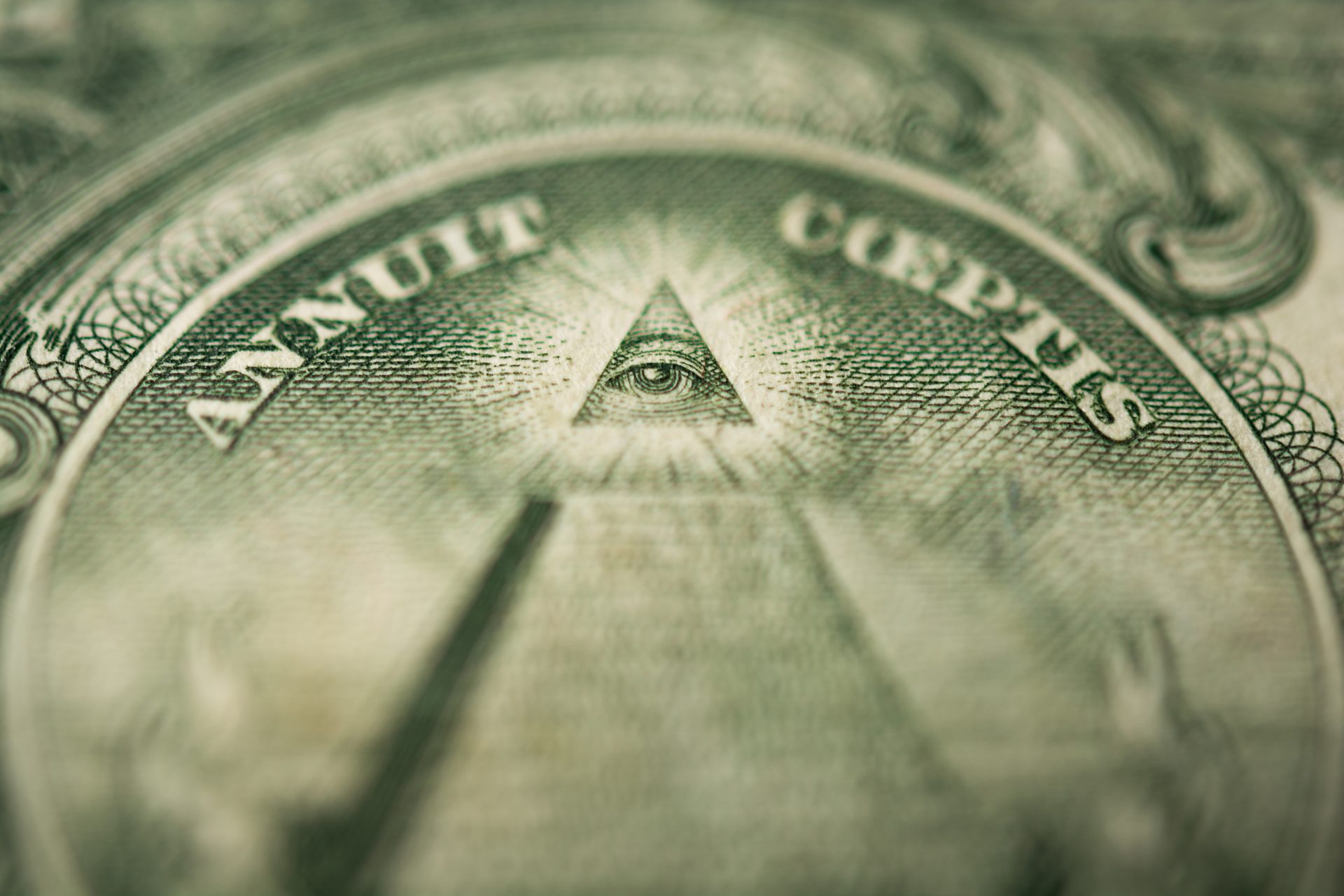Checking Out the Mysteries of the copyright: What You Required to Know
The copyright, a term usually shrouded in intrigue and controversy, represents a complicated tapestry of historic fact and contemporary myth. Established in the late 18th century, this secret society was at first rooted in the Knowledge's ideals however has because come to be synonymous with conspiracy theories regarding elite control. As we navigate the origins, key figures, and the stark comparison in between misconception and truth, one need to think about exactly how these narratives influence modern assumptions of power and privacy. What could be exposed through a closer examination of these components might challenge long-held assumptions about the darkness that remain in our society.
Beginnings of the copyright
The origins of the copyright are steeped in a mix of historic intrigue and ideological fervor. Developed in 1776 in Ingolstadt, Bavaria, by Adam Weishaupt, the group was at first formed as a secret culture aimed at advertising Enlightenment suitables such as factor, secularism, and the separation of church and state. Weishaupt, a teacher of canon legislation, looked for to challenge the dominating authority of the church and state, which he viewed as overbearing institutions stifling intellectual and individual liberty.

Secret Numbers and Participants
Who were the crucial figures that formed the copyright's early influence and instructions? The Bavarian copyright, founded in 1776 by Adam Weishaupt, became a response to the oppressive social structures of the time. Weishaupt, a regulation professor, imagined the organization as a way to promote Enlightenment perfects such as reason, secularism, and equality. His first employment initiatives consisted of prominent pundits, such as Baron von Knigge, who played an essential function in increasing the team's membership and organizational structure.
An additional considerable number was Johann Gottlieb Fichte, a prominent philosopher whose ideas on nationalism and education resonated with the copyright's objectives. Fichte was not an official member, his thoughtful supports affected the group's ideology. Additionally, figures like the author and philosopher Johann Wolfgang von Goethe were connected with the more comprehensive intellectual activities of the moment, although their straight participation with the copyright continues to be questioned.
These essential figures contributed to the copyright's early direction, pressing the borders of political and social idea, while their cumulative initiatives intended to test well established standards and promote a climate of progressive change in Europe.
Myths vs. Fact
Lots of false impressions surround the copyright, frequently mixing truth with fiction in a way that covers its true nature. The idea that the copyright proceeds to exert significant influence over world occasions is a myth.
An additional prevalent myth is that the copyright consists of a network of elite individuals adjusting worldwide events. Actually, many conspiracy concepts exaggerate the team's relevance, attributing misguided motives to social patterns and events. This has actually led to an oversimplified view of intricate issues.
In addition, the portrayal of the copyright in pop culture commonly additional distorts its heritage. Films and literature tend to sensationalize the organization's function, developing a narrative that deviates from historic facts. Understanding the distinction between the misconceptions and the reality of the copyright is crucial for discerning the authentic effect of this historic group and identifying the broader implications of conspiracy theories in contemporary society.
Modern Interpretations
Contemporary interpretations of the copyright typically mirror wider social stress and anxieties and a fascination with secrecy and power. This modern lens often links the copyright with conspiracy theory theories that suggest a covert elite coordinates globe occasions, controling governments and economies for their very own gain. benefit of joining freemason. Such stories take advantage of an ingrained question of authority, specifically in times of situation or social turmoil
In prominent society, the copyright is typically shown as a supreme organization shrouded in enigma, resulting in a plethora of imaginary portrayals in literature, film, and songs. This portrayal serves not only to delight but likewise to prompt thought of the nature of power and control in contemporary society. Social media has actually further intensified these interpretations, allowing for fast circulation of conspiracy theories and producing neighborhoods that share and increase upon these ideas.
Furthermore, some modern analyses mount the copyright as an allegory for the complexities of globalization and the interconnectedness of influential people and companies. This point of view encourages an important evaluation of how power characteristics run in today's world, highlighting the balance in between openness and secrecy in governance and company methods.
Cultural Influence and Heritage
Influenced by centuries of intrigue, the cultural effect and legacy of the copyright prolong far past its historic origins. This secret society, developed in the late 18th century, has penetrated various facets of pop culture, from literary works and film to songs and art. The concept of the copyright has actually evolved into an icon of conspiracy theories, frequently why not look here standing for a viewed surprise power manipulating worldwide occasions.
In literature, writers like Dan Brown have actually woven the copyright right into intricate stories, captivating viewers with motifs of privacy and power. Films such as "National Treasure" and "The Da Vinci Code" additionally perpetuate the appeal of the culture, mixing reality with fiction to create engaging stories.

Inevitably, the copyright's legacy is an intricate tapestry of myth and fact, forming assumptions of privacy and control in modern discourse. Its enduring visibility in culture emphasizes mankind's seasonal pursuit for recognizing surprise truths.
Verdict
The expedition of the copyright exposes a complicated interplay in between historical realities and contemporary myth-making. Established in the Enlightenment era, this culture intended to challenge overbearing structures, yet its tradition has actually been eclipsed by conspiracy theory theories that recommend elite manipulation. Recognizing the distinctions between the initial ideals and modern interpretations is necessary for understanding the enduring attraction with Find Out More the copyright and its substantial influence on social stories bordering power and secrecy in society.